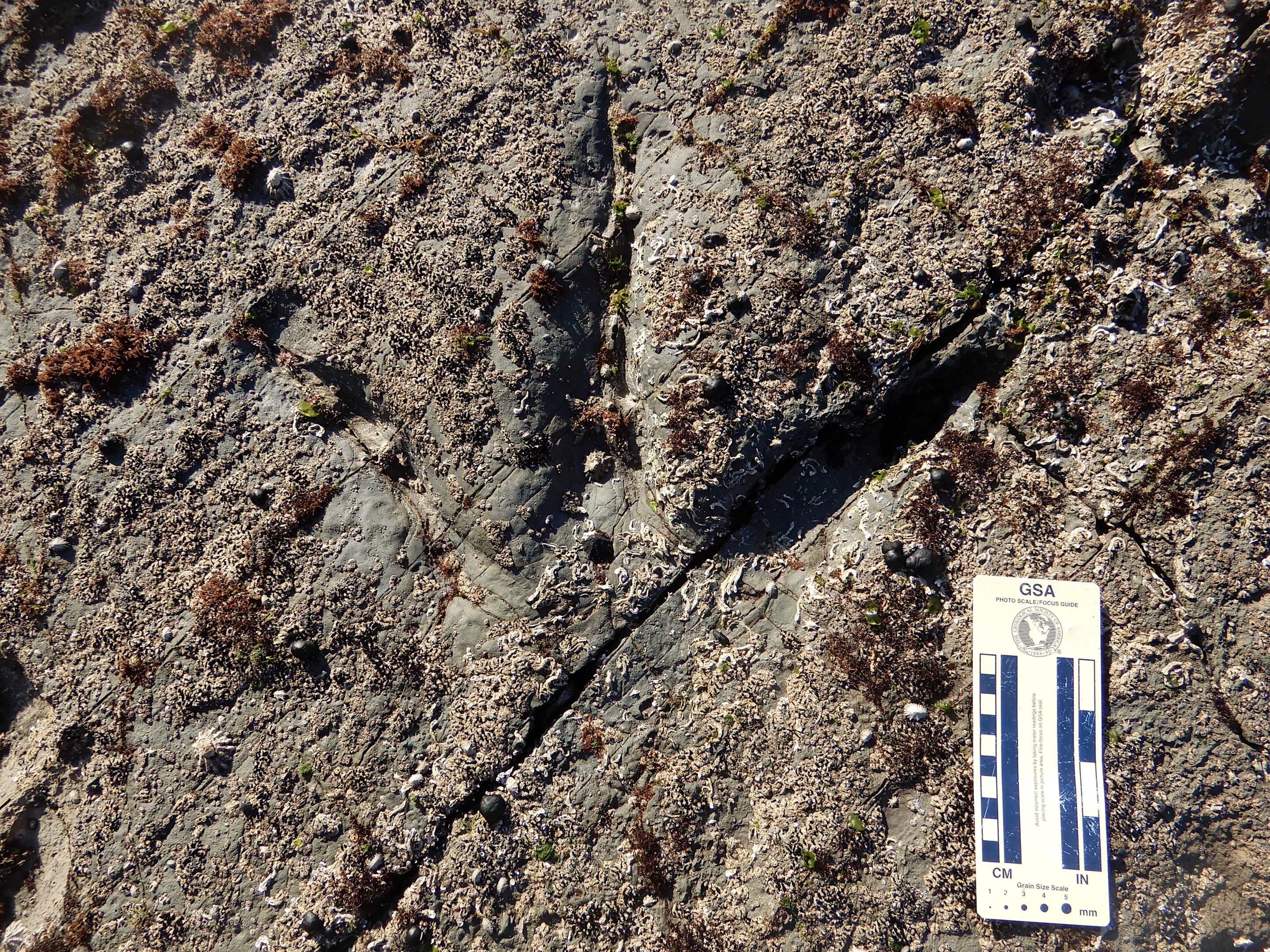A discovery of dinosaur tracks on Australia’s southern coast—dating back to the Early Cretaceous when Australia was still connected to Antarctica—indicates that large theropod dinosaurs thrived in this polar environment, prowling the river floodplains when the ice thawed during the summers.
These numerous tracks are the best evidence yet that these former polar environments supported large carnivores.
Theropods, from the ancient Greek for “wild beast foot,” are a dinosaur clade characterized by walking on two legs and feet with three clawed toes. They belong to the same evolutionary group as Allosaurus, Tyrannosaurus rex and Velociraptor.
The largest track from the current find was 18.5 inches long. “The hip height of that theropod would have been about the same as the full height of a tall, modern-day human—or a bit more than six feet tall.”


